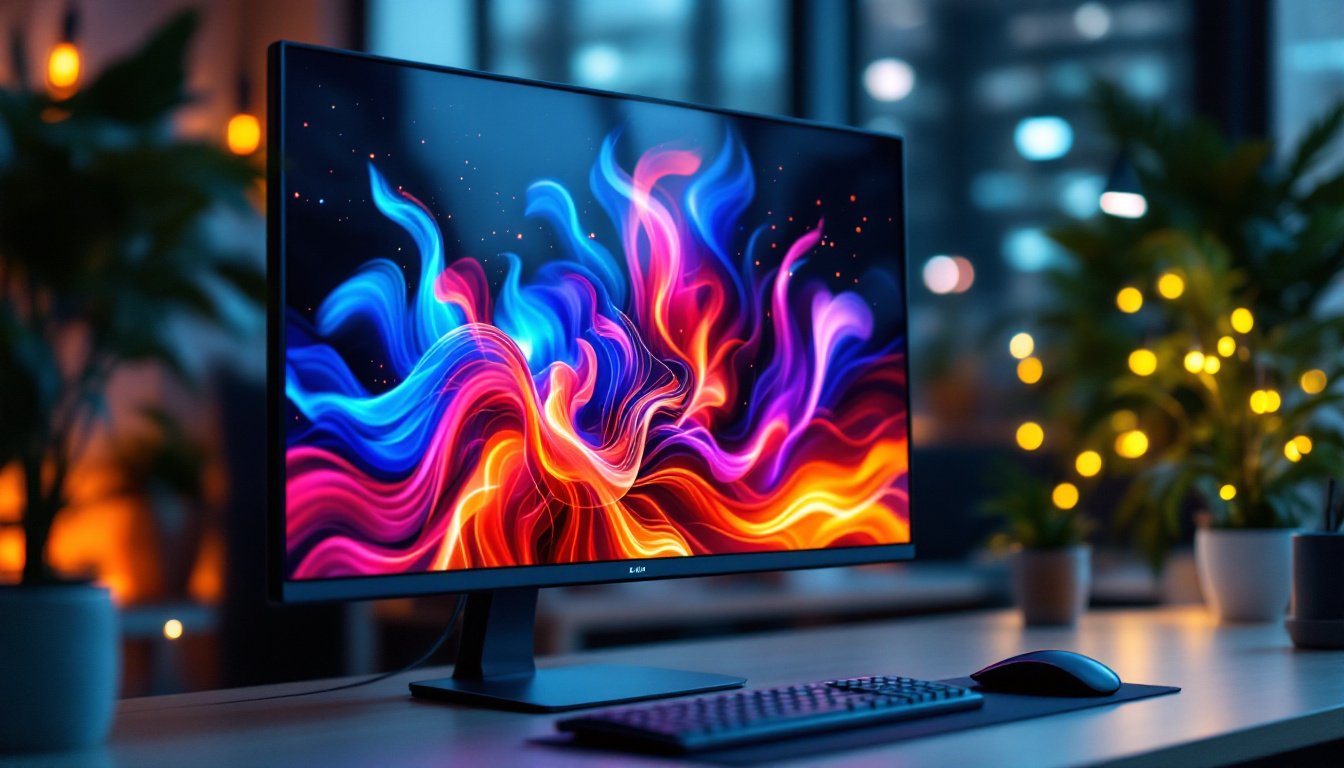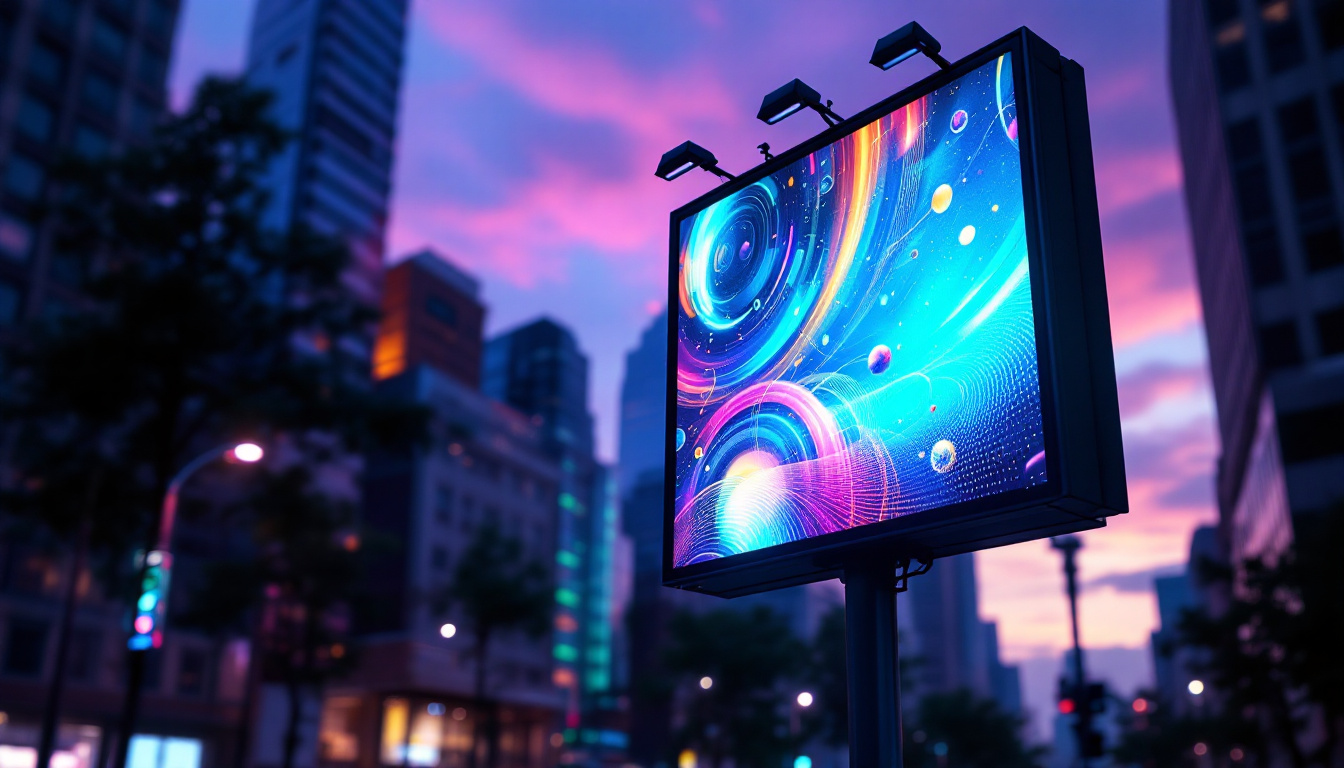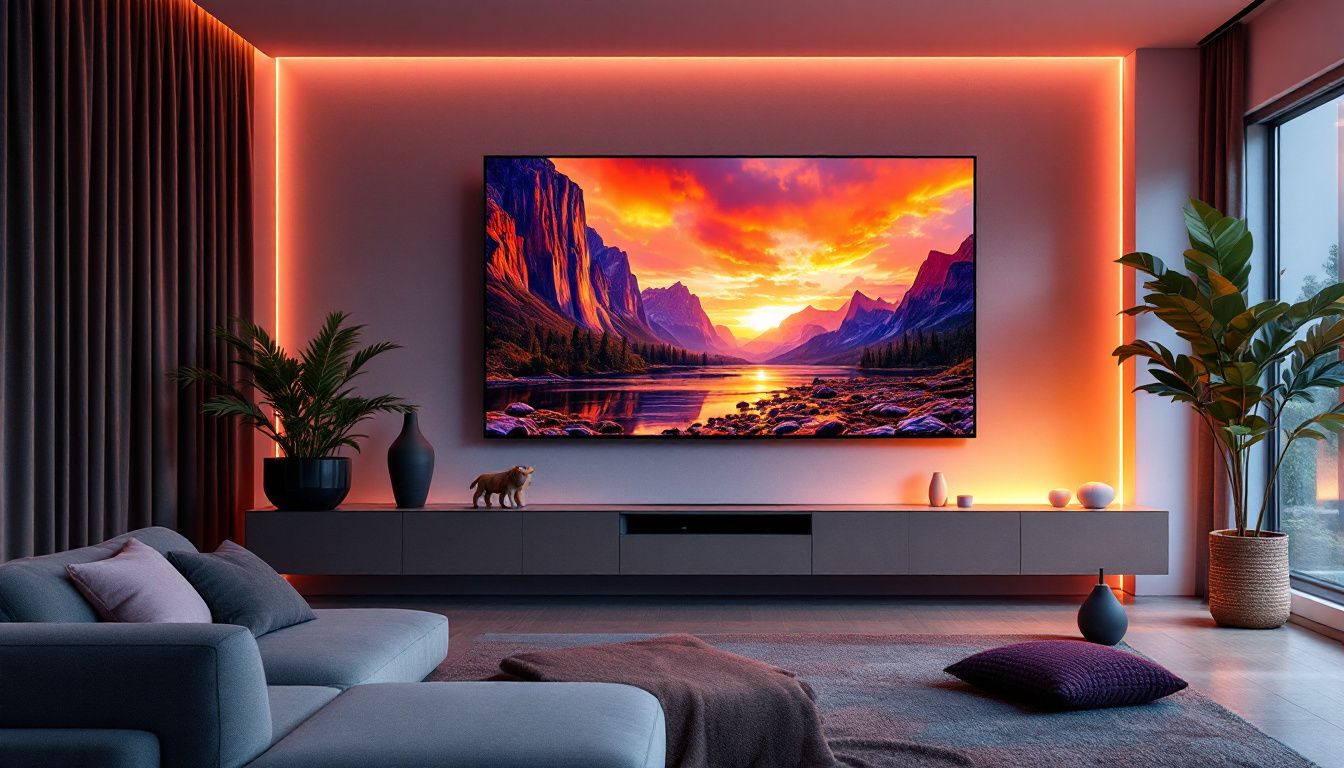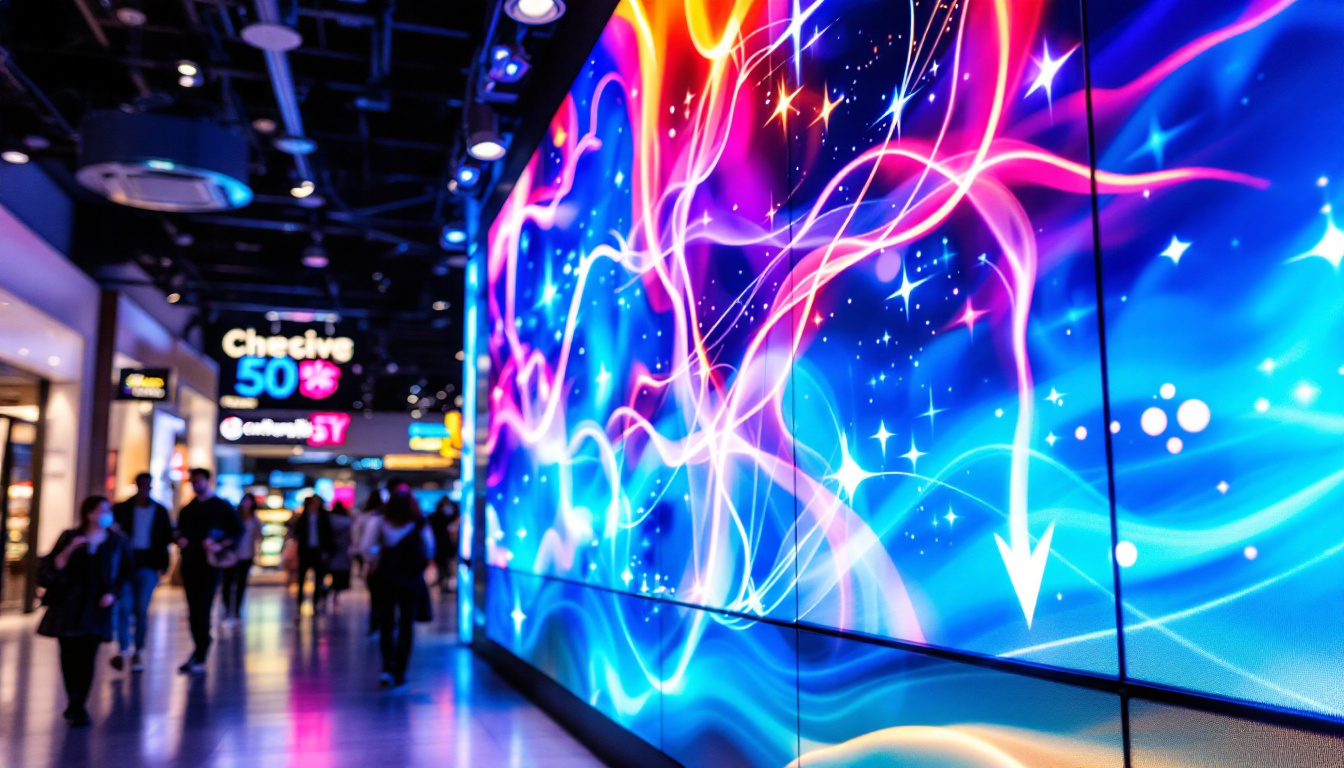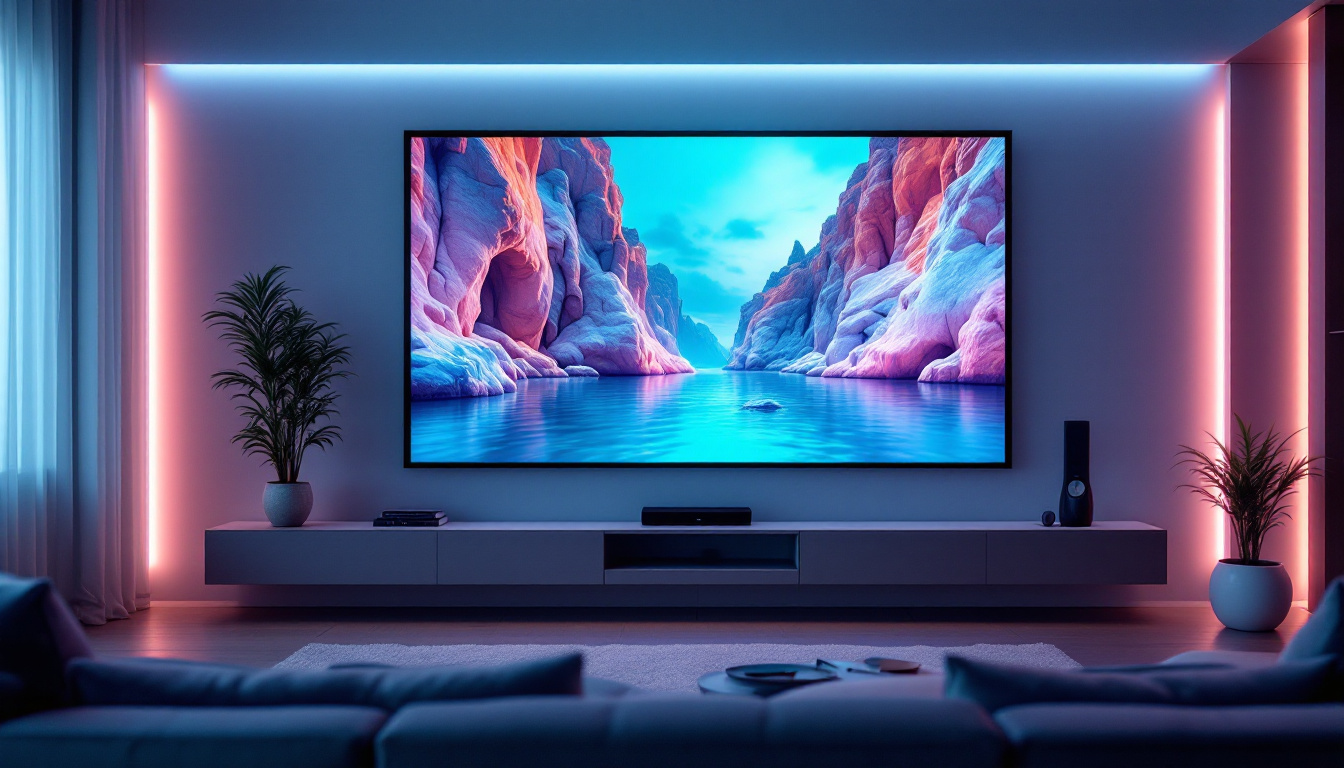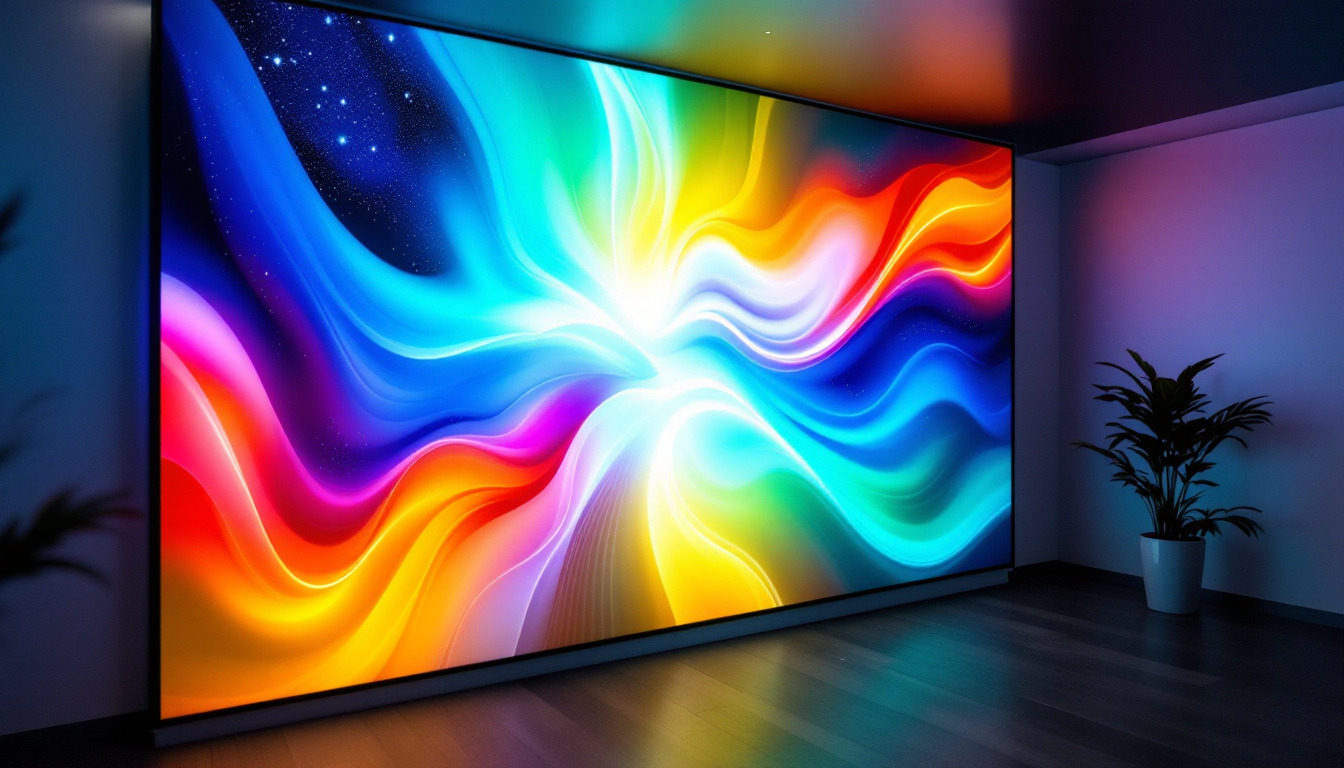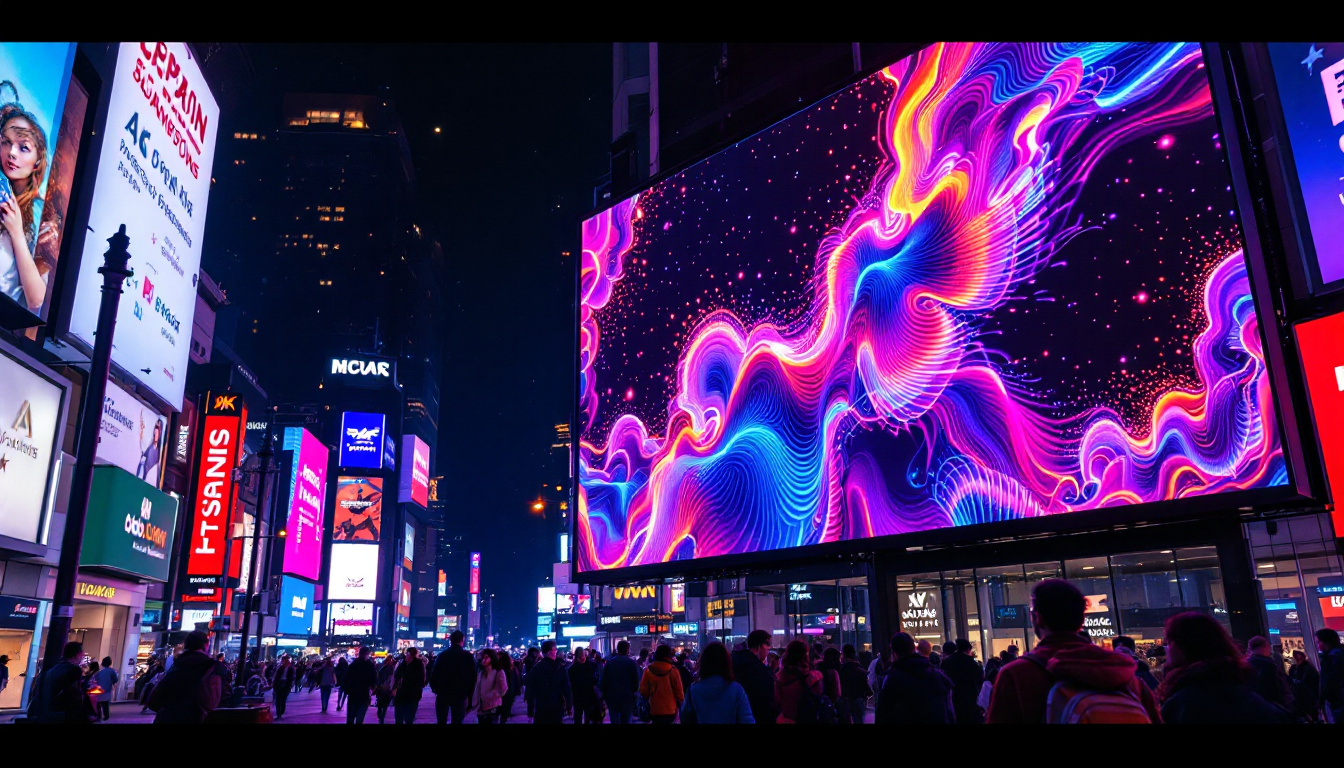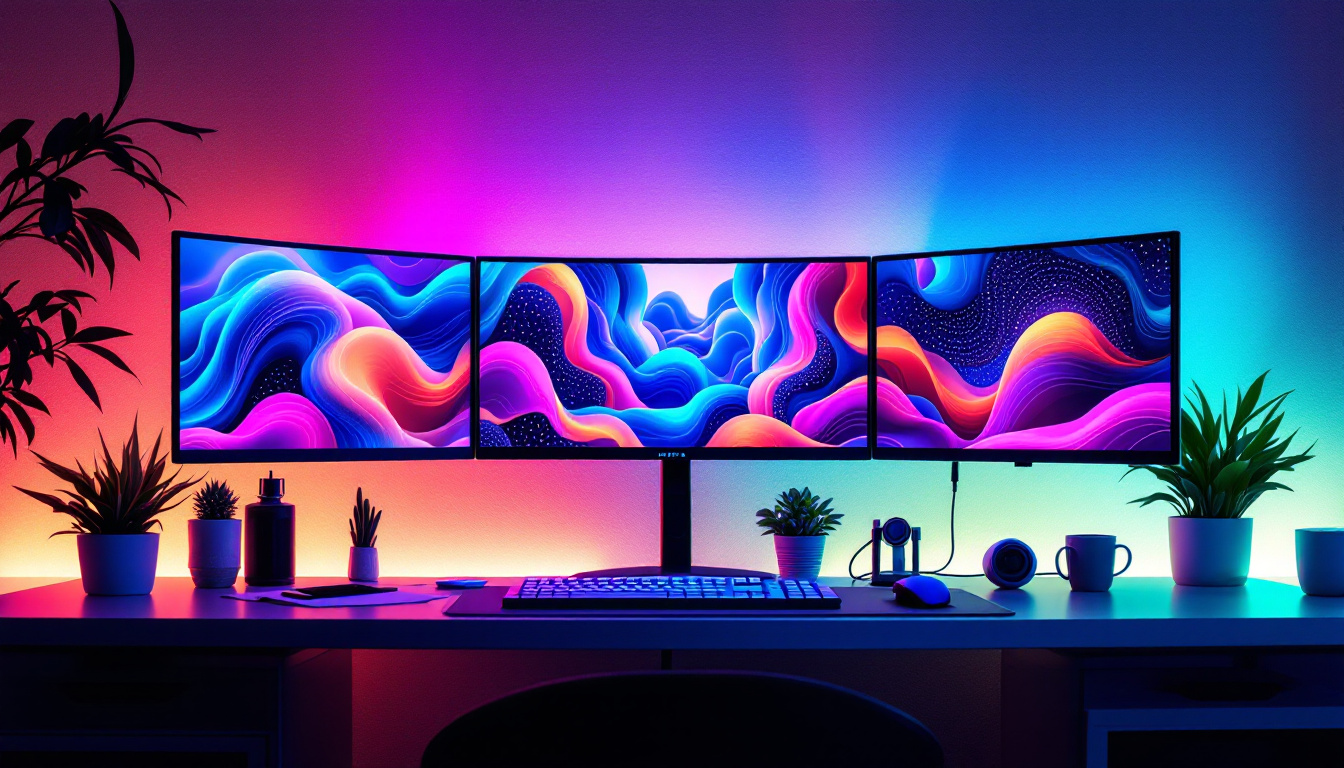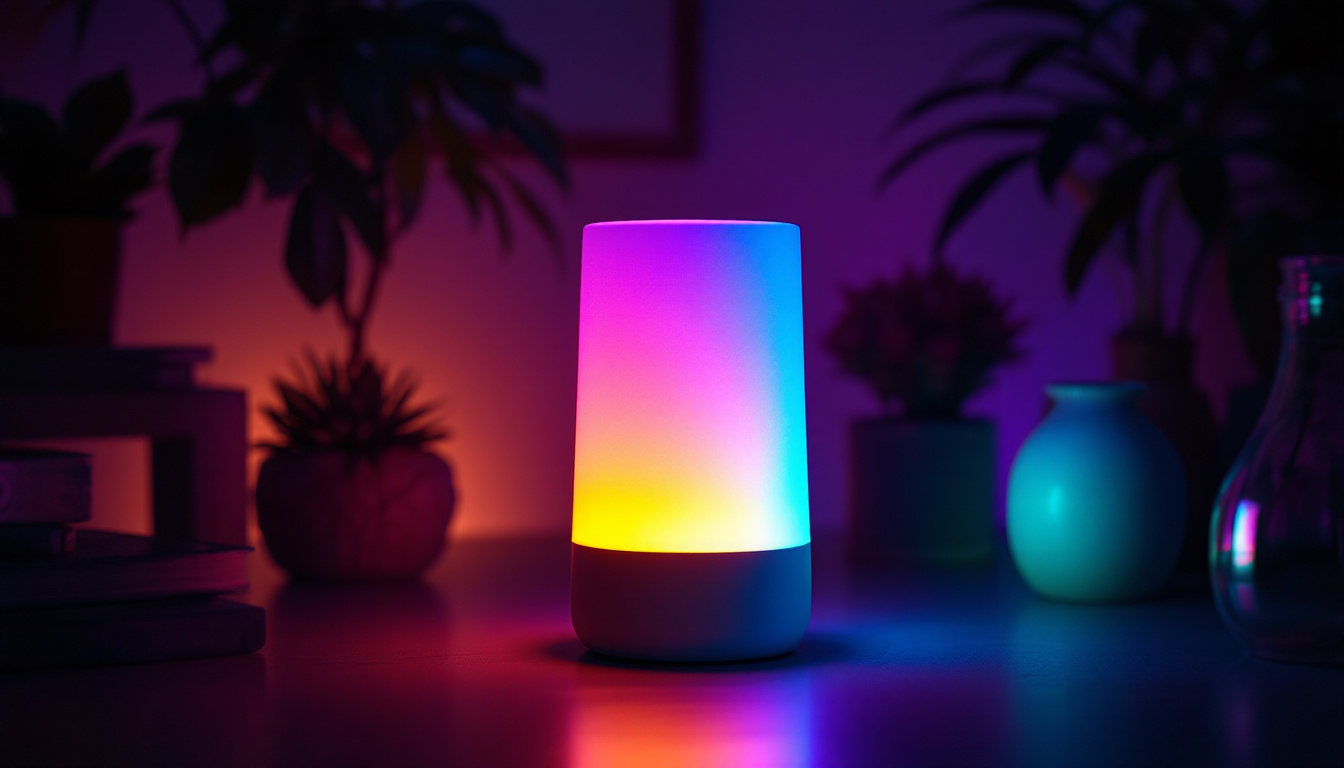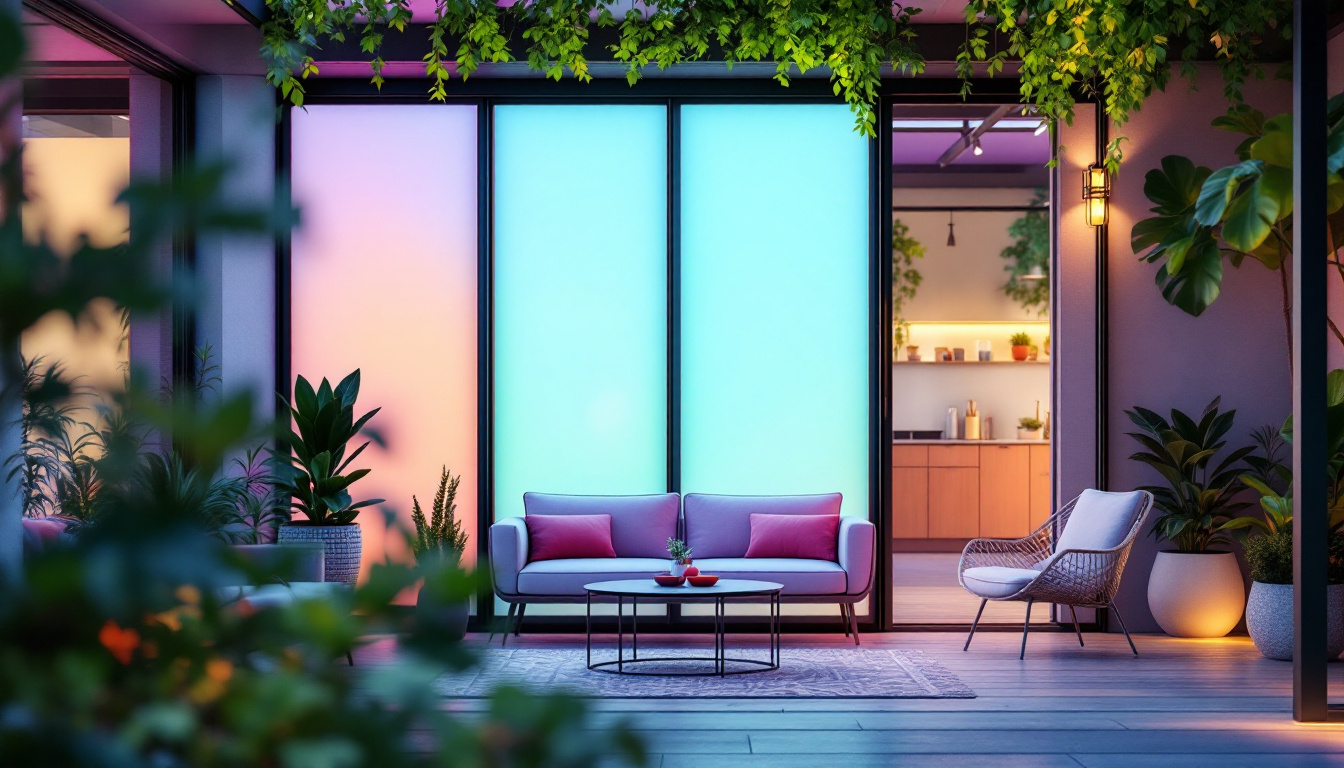In the ever-evolving world of technology, monitors have become essential tools for both work and leisure. Among the various types available, the 24-inch LED monitor stands out due to its balance of size, performance, and affordability. Understanding the intricacies of LED displays can enhance the user experience, whether for gaming, professional tasks, or general use.
What is an LED Monitor?
LED monitors are a type of LCD (Liquid Crystal Display) that uses LED (Light Emitting Diode) backlighting. This technology has revolutionized the way images are displayed on screens, providing brighter and more vibrant colors compared to traditional fluorescent backlighting. The 24-inch size is particularly popular, offering a compact yet spacious viewing area suitable for various applications. Whether for gaming, graphic design, or everyday office tasks, the 24-inch LED monitor provides a versatile solution that meets the needs of many users.
How LED Technology Works
At the core of an LED monitor is its backlighting system. Unlike conventional LCDs that utilize CCFL (Cold Cathode Fluorescent Lamp) backlights, LED monitors employ an array of tiny diodes to illuminate the screen. This not only enhances brightness but also improves energy efficiency. The result is a display that not only consumes less power but also offers a wider color gamut and better contrast ratios. This advancement in technology allows for deeper blacks and more vivid colors, making it ideal for watching movies or playing video games where visual fidelity is paramount.
LED monitors can be categorized into two main types: edge-lit and full-array. Edge-lit monitors have LEDs positioned along the edges of the screen, while full-array models feature a grid of LEDs behind the entire display. Full-array monitors generally provide superior picture quality, especially in terms of contrast and uniformity. Additionally, many full-array models support local dimming, which allows certain areas of the screen to be dimmed independently, further enhancing the viewing experience by improving contrast in darker scenes.
Benefits of Using a 24-Inch LED Monitor
The 24-inch LED monitor strikes an ideal balance between screen real estate and desk space. It is large enough to provide an immersive experience for gaming and multimedia consumption, yet compact enough to fit comfortably in most workspaces. Here are some key benefits:
- enhanced visual quality: With superior brightness and color accuracy, LED monitors deliver stunning visuals that can enhance productivity and entertainment. The clarity of text and images makes it easier to work on detailed projects or enjoy high-definition content.
- Energy Efficiency: LED technology is known for its low power consumption, making it an environmentally friendly choice. This not only reduces energy bills but also contributes to a smaller carbon footprint, appealing to eco-conscious consumers.
- Reduced Eye Strain: Many 24-inch LED monitors come with features like flicker-free technology and blue light filters, which can help reduce eye fatigue during extended use. These features are particularly beneficial for professionals who spend long hours in front of screens, as they promote a more comfortable viewing experience.
Moreover, the 24-inch LED monitor often includes various connectivity options, such as HDMI, DisplayPort, and USB-C, allowing users to easily connect multiple devices. This versatility is especially useful in a multi-monitor setup or when switching between a laptop and a desktop. Additionally, many models come with adjustable stands that allow users to customize the height and angle of the monitor, further enhancing ergonomics and comfort during use.
Key Features to Consider
When selecting a 24-inch LED monitor, several features should be taken into account to ensure it meets specific needs. Understanding these features can help users make informed decisions that align with their requirements.
Resolution
Resolution is one of the most critical aspects of any monitor. The higher the resolution, the clearer and more detailed the images will appear. Common resolutions for 24-inch monitors include:
- Full HD (1920 x 1080): This is the standard resolution for most 24-inch monitors, providing a sharp and detailed image suitable for everyday tasks.
- Quad HD (2560 x 1440): Offering a higher pixel density, Quad HD monitors provide even more detail, making them ideal for graphic design and high-definition gaming.
- Ultra HD (3840 x 2160): Also known as 4K, these monitors deliver exceptional clarity and are perfect for professionals who require the highest quality visuals.
In addition to resolution, the pixel density, measured in pixels per inch (PPI), plays a significant role in the overall viewing experience. A higher PPI means that images and text will appear sharper, which is particularly beneficial for tasks that involve fine detail, such as photo editing or CAD work. Users should also consider their viewing distance; while a 4K monitor provides stunning visuals, sitting too far away may not allow one to appreciate the increased resolution fully.
Refresh Rate
The refresh rate, measured in hertz (Hz), indicates how many times the screen refreshes its image per second. A higher refresh rate results in smoother motion, which is particularly important for gaming and fast-paced video content. Common refresh rates for 24-inch monitors include:
- 60Hz: Suitable for general use and casual gaming.
- 120Hz or 144Hz: Ideal for competitive gaming, providing a smoother experience and reduced motion blur.
Moreover, some monitors come with adaptive sync technologies, such as NVIDIA G-Sync or AMD FreeSync, which help to eliminate screen tearing and stuttering during gameplay. These technologies synchronize the monitor’s refresh rate with the frame rate of the graphics card, resulting in a more fluid and enjoyable gaming experience. For users who watch a lot of movies or play fast-paced games, investing in a monitor with a higher refresh rate and adaptive sync capabilities can significantly enhance the overall experience.
Connectivity Options
Modern monitors come equipped with various connectivity options to accommodate different devices. Common ports include:
- HDMI: The most widely used connection for video and audio, compatible with most computers and gaming consoles.
- DisplayPort: Often favored for high-resolution displays and gaming, offering higher bandwidth than HDMI.
- USB-C: A versatile option that can transmit video, audio, and power, making it ideal for laptops and mobile devices.
In addition to these standard ports, some monitors also feature legacy connections such as VGA or DVI, which may be necessary for older devices. Furthermore, built-in USB hubs can be a convenient addition, allowing users to connect peripherals like keyboards, mice, or external drives directly to the monitor. This can help reduce cable clutter on the desk and make it easier to switch between devices without constantly reaching for the back of the computer. When evaluating connectivity options, users should consider their existing devices and how they plan to use the monitor to ensure compatibility and convenience.
Choosing the Right 24-Inch LED Monitor
Selecting the right monitor can be a daunting task given the plethora of options available. However, by considering personal needs and preferences, one can find a monitor that fits seamlessly into their lifestyle.
Assessing Usage Needs
Understanding how the monitor will be used is crucial in making the right choice. For instance:
- For Gaming: Look for a monitor with a high refresh rate and low response time to enhance the gaming experience.
- For Professional Work: A monitor with higher resolution and accurate color reproduction is essential for graphic design, video editing, or photography.
- For General Use: A standard Full HD monitor is typically sufficient for web browsing, office tasks, and media consumption.
Budget Considerations
Budget plays a significant role in the selection process. While it may be tempting to opt for the cheapest option, investing in a quality monitor can lead to better performance and longevity. Here are some tips for budget-conscious buyers:
- Set a clear budget range before shopping to narrow down options.
- Consider refurbished models from reputable brands, which can offer significant savings without sacrificing quality.
- Look for sales or discounts during major shopping events to find the best deals.
Brand Reputation and Reviews
Before making a purchase, it is wise to research the brand and read customer reviews. Established brands often provide better customer support and warranty options, which can be crucial in case of any issues. Online reviews can offer insights into the monitor’s performance, build quality, and overall user satisfaction.
Maintenance and Care for LED Monitors
Cleaning the Screen
Dust and fingerprints can accumulate on the screen, affecting visibility. To clean the monitor:
- Use a microfiber cloth to gently wipe the screen. Avoid using paper towels or rough fabrics, as they can scratch the surface.
- For stubborn stains, lightly dampen the cloth with water or a screen-safe cleaner. Never spray cleaner directly onto the screen.
Adjusting Settings
Many monitors come with factory settings that may not be optimal for every user. Adjusting brightness, contrast, and color settings can enhance the viewing experience. Additionally, enabling features like blue light filters can help reduce eye strain during extended use.
Proper Placement
The placement of the monitor is also crucial for maintaining its condition. Ensure the monitor is on a stable surface and avoid exposing it to direct sunlight or extreme temperatures. Using a monitor stand can help achieve an ergonomic viewing height, reducing neck and eye strain.
Conclusion
The 24-inch LED monitor represents a versatile and efficient choice for a wide range of users, from gamers to professionals. Understanding the technology behind LED displays, along with key features and maintenance tips, can help individuals make informed decisions and enhance their overall experience.
As technology continues to advance, LED monitors are likely to evolve further, offering even more impressive features and capabilities. Staying informed about these developments can ensure that users are well-equipped to choose the right monitor for their needs now and in the future.
In summary, whether for work, play, or casual use, a 24-inch LED monitor can provide an excellent balance of performance, quality, and affordability, making it a valuable addition to any setup.
Discover LumenMatrix’s Advanced LED Solutions
Ready to elevate your visual experience with the latest in LED technology? Look no further than LumenMatrix, a pioneer in crafting immersive LED displays that transform any space. From dynamic Indoor LED Walls to vibrant Outdoor Displays and beyond, LumenMatrix offers a comprehensive range of solutions tailored to your needs. Embrace the future of visual communication and make a lasting impression with LumenMatrix’s innovative LED display modules. Check out LumenMatrix LED Display Solutions today and see your world in a whole new light.

